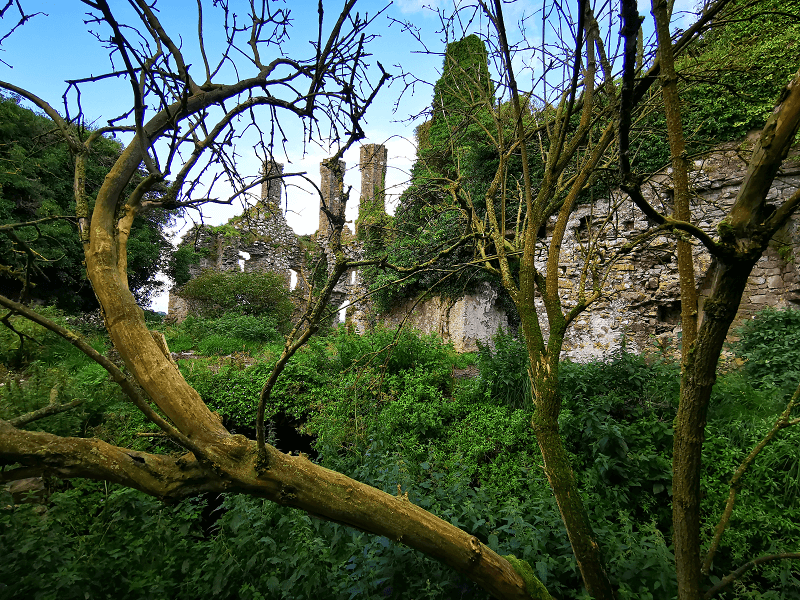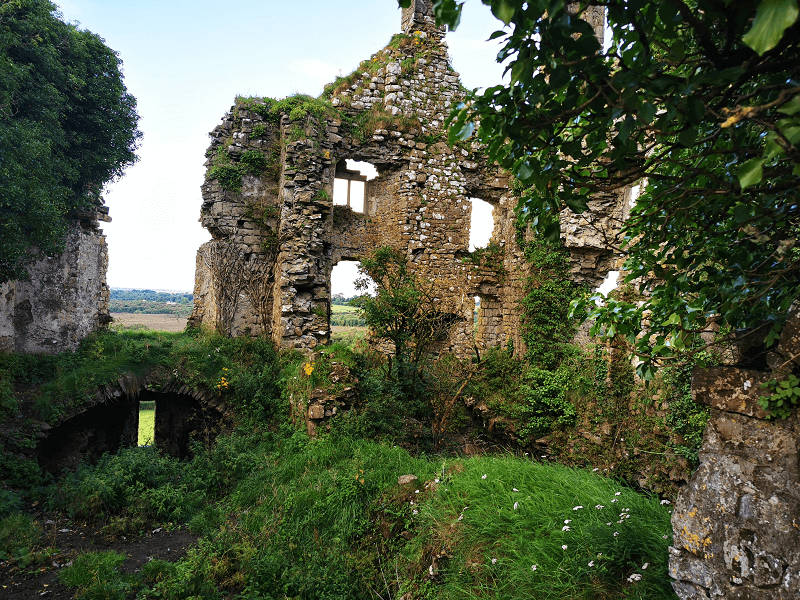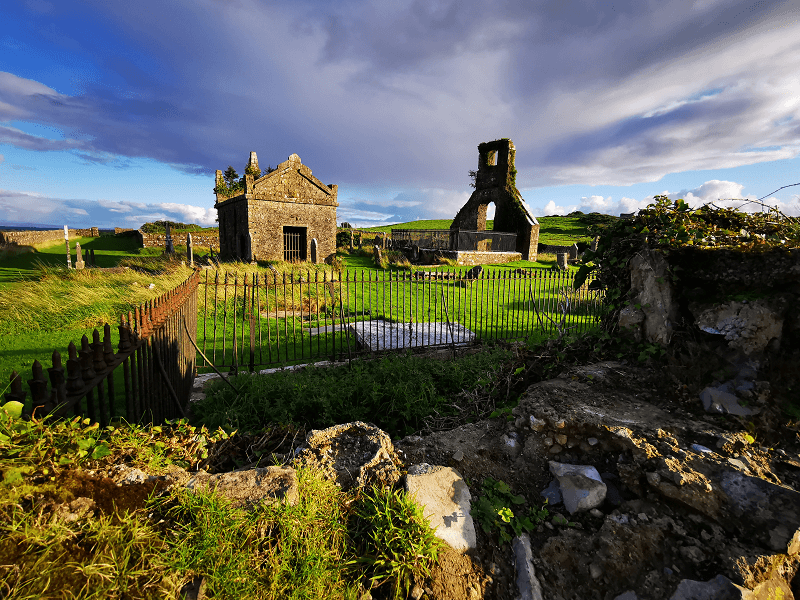History
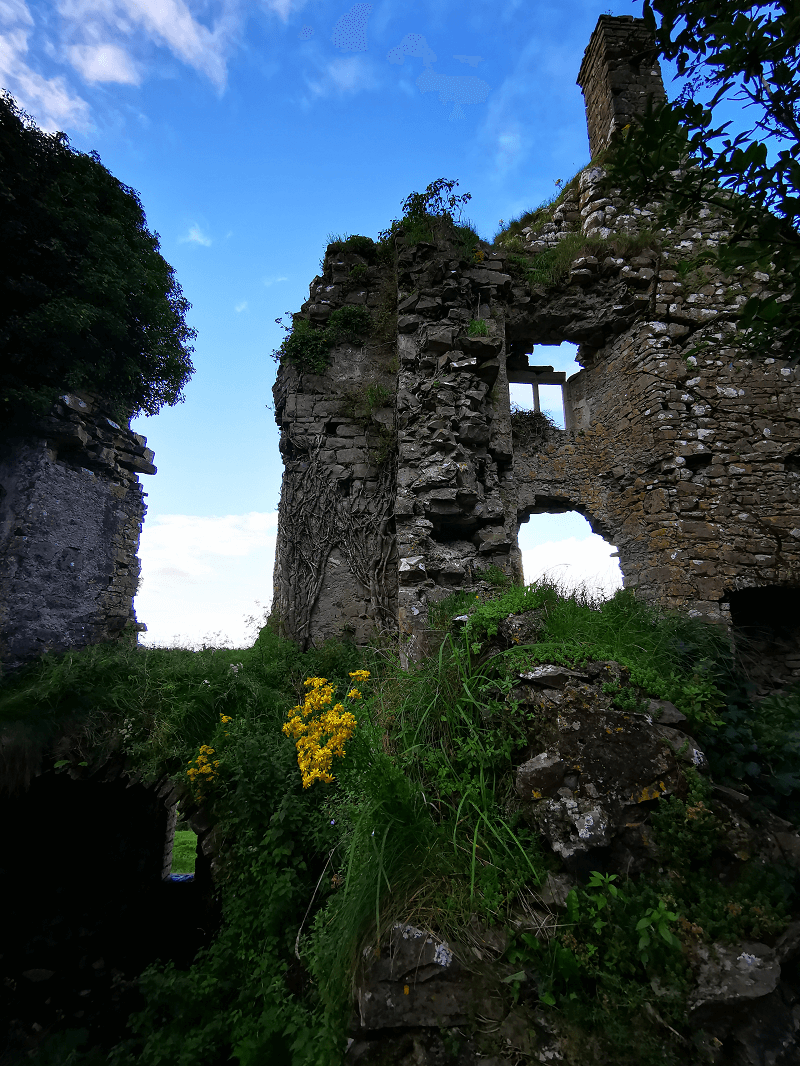
Carbury castle stands on an elevated site, dominating the north west of Kildare [1] and considered the center of a territory known as Cairbre Uí Chiardha (which in Irish means “the descendants of Coirpre”), associated with the Irish dinasty of the Uí Néill clan, Lords of Carbury first mentioned in the Annals of the Four Masters [2, 3].
The name Carbury derives from Cairbre, a son of Niall Noígíallach (“Niall of the Nine Hostages”), a historical King of Tara who died c. 405 [3, 4].
However it was probably the Norman nobleman Meiler FitzHenry, to whom the area was granted by Strongbow [3, 5, 6], who initiated the construction of a motte on the site where Carbury castle is located [2, 3, 6].
The castle was then acquired by the de Berminghams in the 14th century [2, 5], before being taken by the native Irish in the 15th century [5].
 In those confused years, due to its position just outside the Pale, the castle was the site of numerous battles between English barons and Irish Chieftains [7]. It is said that the castle was even burned and demolished by Red Hugh O’Donnell [7].
In those confused years, due to its position just outside the Pale, the castle was the site of numerous battles between English barons and Irish Chieftains [7]. It is said that the castle was even burned and demolished by Red Hugh O’Donnell [7].
The story of Carbury castle is strongly linked to the Colley (or Cowley) family, ancestors of Arthur Wellesley, 1st Duke of Wellington [2, 5, 8]. Originally from Glaston, in England, the Colley family had come to Ireland around 1500 [8]. After being elevated to the Peerage as Lord Glaston by Henry VIII [8], during the 16th century, Queen Elizabeth I bestowed the castle to Sir Henry Colley [1, 2, 3, 5, 6] who remodeled the castle in accordance with the style of the Elizabethan period [3]. It was the Colley family who later in the 17th century built a large stronghouse. In more detail, in the late 17th century, Richard Colley, after inheriting the estates of Dangan and Mornington, in County Meath, on the death of his cousin, Garret Wesley, legally changed his surname to Wesley [8]. Towards the end of the 18th century, it was under Mary Colley and her husband, Arthur Pomeroy, that the castle was finally abandoned [2].
Today, we can admire the remains of the 17th century fortified manor house and, down the hill where the castle rises, the ancient graveyard, with the remains of a chapel and the Colley mausoleum [2, 3].
References
- [1] Seamus Cullen’s Personal Web Site, County Kildare Always Popular with Visiting Royals
- [2] The Irish Aesthete, Carbury
- [3] Ed Mooney Photography, Carbury Castle
- [4] Wikipedia, Coirpre mac Néill
- [5] Wikipedia, Bermingham Castles of Ireland
- [6] An Taisce, Spotlight on Carbury Castle
- [7] Visions of the past, Carbury Castle, Kildare, Ireland
- [8] Wikipedia, Richard Wesley, 1st Baron Mornington
Other useful links
- Wikipedia, Annals of the Four Masters.
- Wikipedia, Uí Néill
- Wikipedia, Niall of the Nine Hostages
- Wikipedia, Coirpre mac Néill
- Wikipedia, Meiler Fitzhenry
- Wikipedia, The Pale
- Wikipedia, Carbury Castle, County Kildare
- Megalithic Ireland, Carbury Castle and Motte
- Ireland in Ruins, Carbury Castle Co. Kildare
- Irish stones, Carbury
